If you are still reeling from a case of royal fever since the Royal Platinum Jubilee, check out the things you must see at Buckingham Palace. Let’s grab a teacup, pinky, and feast our eyes on magnificent palaces for a royal travel fix. Revel in the rich history, architectural marvels, and grandeur of the most famous royal residences in the world!
Buckingham Palace and 4 Other Royal Palaces Around The World
1. Buckingham Palace, United Kingdom
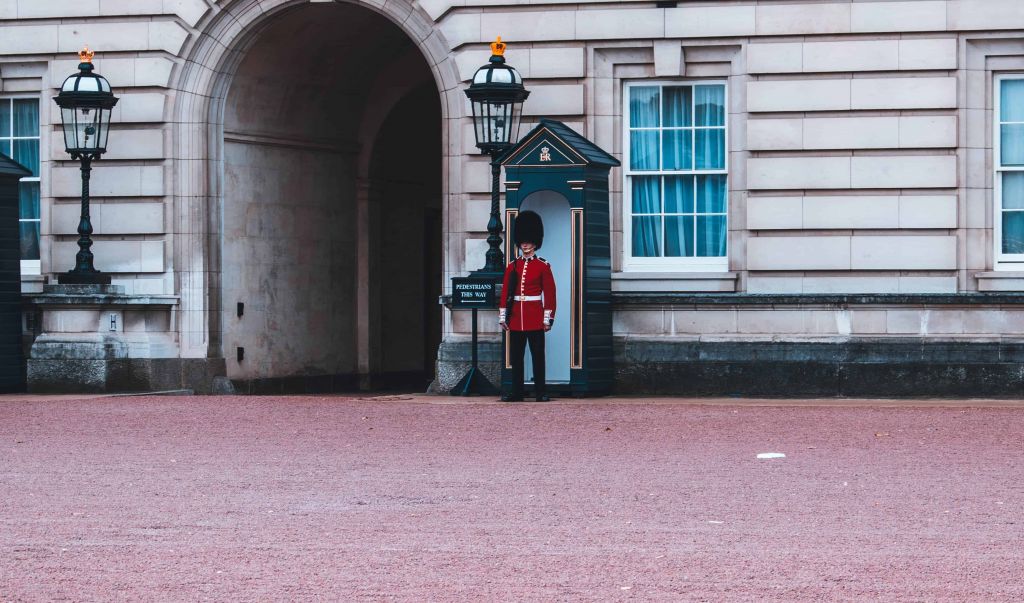
The pride of Britain and its most iconic tourist attraction is the majestic Buckingham Palace. Historically, the land on which Buckingham Palace and the Palace Garden stand now was once a mulberry plantation to rear silkworms in the 17th century. During the reign of Queen Victoria, the residence popularly known as “Buck House” underwent various renovations.
Today, the Palace has 775 rooms, including 19 State Rooms open to the public. The Queen and members of the Royal Family often attend to guests at these State Rooms for grand official ceremonies. Among the highlights right outside and within the Palace include:
- The Changing of the Guard – One of the most iconic scenes that capture the essence of Buckingham Palace is the fascinatingly stoic and still Queen’s Guard in red uniforms and bearskins hats stationed in the front of the Palace. During the ceremony in the morning, the New Guard takes over duty for the day from the Old Guard, accompanied by a military marching band and music.
- The Palace Garden – The Queen’s 39-acre private park is an oasis of greenery with various wild plant species, oaks, trees, and birds. Other fascinating features of the garden include the romantic and whimsical Rose Garden and the breathtaking view across the garden’s lake.
- The Throne Room – The striking architecture at the heart of the room with a theatre design is a dramatic arch and canopy designed by architect John Nash. The room houses the Chairs of Estate used during the 1953 Coronation. Also on display are Queen Victoria’s throne and chairs used by the late Queen Elizabeth, The Queen Mother.
- The Ballroom – At the heart of The Ballroom, the largest and most exquisite State Room in the Palace, is the Throne Canopy, designed by architect Sir Edwin Landseer Lutyens. A magnificent arch with winged statues represents History and Fame. At the same time, the throne used during the coronation of King Edward VII and Queen Alexandra sums up English luxury at its finest.
2. Palace of Versailles, France
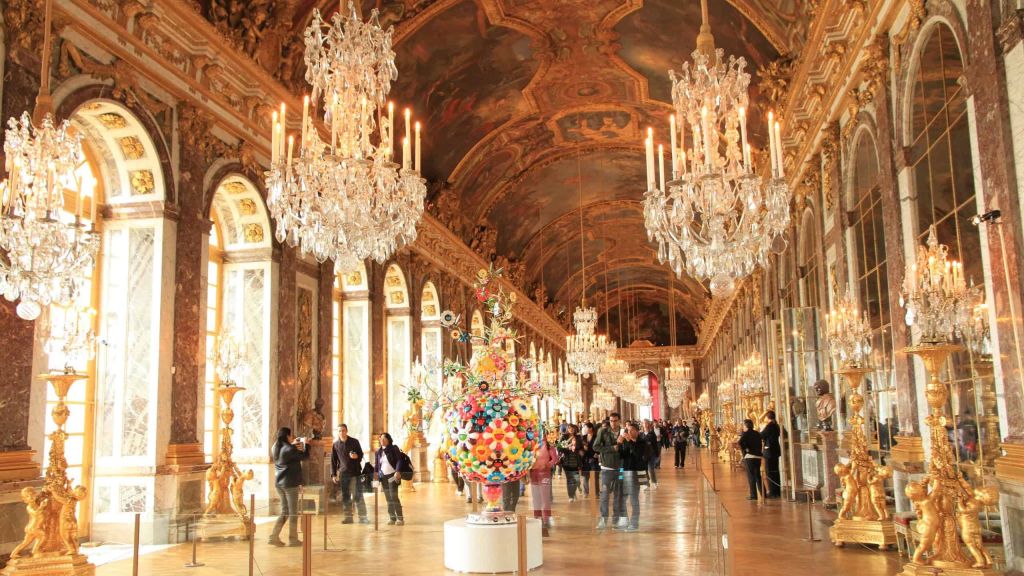
Located about an hour from Paris, the Palace of Versailles is the epitome of French luxury and regal history. Once a hunting lodge, it became the official residence of French royalty for over a century until the French Revolution. To a large extent, King Louis II was responsible for the royal residence’s fascinating architecture as it stands today. Among the popular areas around and in the Palace include:
- The Gardens of Versailles – One of the most magnificent gardens in the world, this work of art designed by famous landscape designer André Le Nôtre took 40 years to complete. The Garden features beautiful sculptures, fountains, and flower beds that offer a spectacular view.
- The Main Palace – This is the largest area in the Palace, with over 2,300 rooms. Don’t miss the opportunity to take a step back in history as you explore the Hall of Mirrors, Marie-Antoinette’s bedrooms, the King’s Apartments, and the Royal Bedchamber.
- The Queen’s Hamlet – Built as a rustic getaway for Marie Antoinette in 1783, this idyllic place in the Trianon Gardens consists of ten small buildings set around a lake. Inspired by the architectural drawings of the visionary French painter Hubert Robert, the Hamlet offers a serene and picturesque view amidst nature.
3. Forbidden City, China
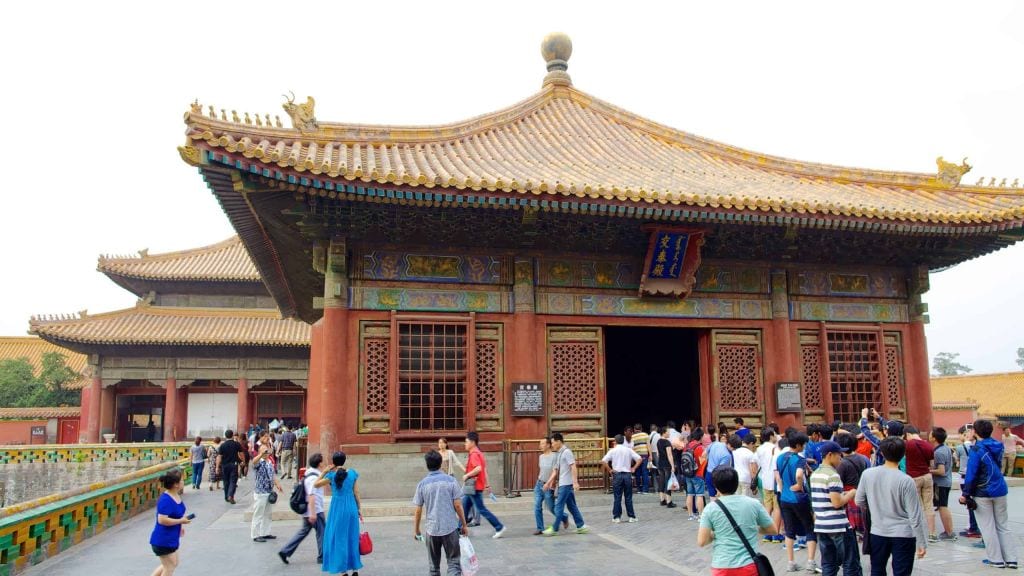


The Forbidden City, also famously known as The Palace Museum, holds over 3,000 years of history and is the world’s largest imperial palace. Home to 24 Chinese Ming and Qing emperors for several generations, the rectangular-shaped Palace is guarded by a 10-metre-high city wall as the public was once forbidden from entering the Palace, as its name suggests.
Today, the Forbidden City in Beijing is a UNESCO World Heritage Site with over 10,000 Chinese relics. Among the highlights of the Forbidden City include:
- The Four Gates – All four sides of the Forbidden City have a separate gate: the Meridian Gate on the south, the Gate of Divine Prowess on the north, the Gate of Western Brilliance, and the Gate of Eastern Brilliance. The main gate, the Meridian Gate (Wu Men), at the north of Tiananmen Square, is where the Emperor gave final orders to the army before military expeditions. The cluster of buildings at the Meridian Gate is the tallest in the Palace area.
- 9,999 rooms – Legend has it that the Palace consists of 9,999 rooms which housed the Emperor, Empress, eunuchs, and thousands of concubines. According to folklore, the number “9” has a numerical significance linked to the Emperor, and other ornaments and carvings in the Palace also reflect this numerical significance.
- The Imperial Garden – Built in 1420, the Imperial Garden, located in the north-south area of the Forbidden City, is a sight to behold with lush greenery, bamboo trees, pagodas, and fountains and breathtaking flower beds.
4. Winter Palace, Russia
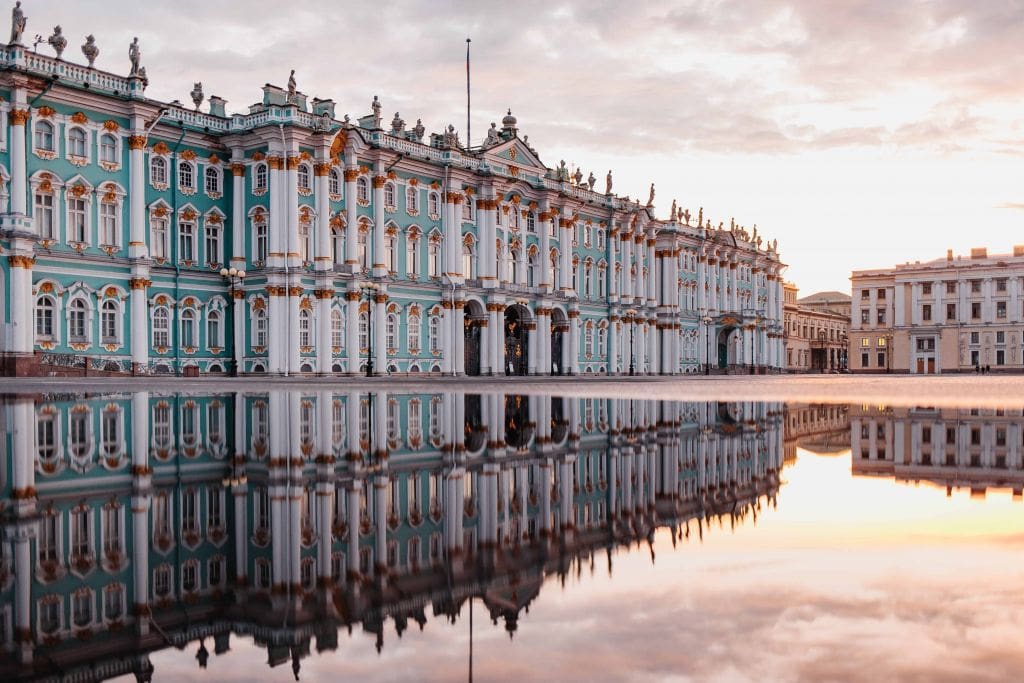


At the heart of the coastal city of St. Petersburg lies the Winter Palace, a massive imperial palace once home to the Russian Tsars from 1732 to 1917. Many significant historical figures like Empress Anna, Catherine the Great, and Nicholas I had a role in the expansion of the Palace. With over 3 million exhibits, the Palace is an iconic landmark and a must-see tourist destination. The striking highlights of the Winter Palace you don’t want to miss include:
- The Jordan Staircase – The spectacular baroque-style staircase that dates back to the 18th century is a popular feature of the Palace. The Tsar of Russia once walked down this very staircase during a ceremony to commemorate the baptism of Christ. The image of the Gods at Mount Olympus on the ceiling of the stair hall is truly a sight to behold!
- Hermitage Art Collection – The Winter Palace is home to the famous Hermitage Museum with fascinating artefacts. Experience the beauty of masterpiece paintings by Leonardo Da Vinci, Rafael, and Rembrandt, as well as intricate Egyptian and Greek sculptures, jewellery, and ornaments on display.
- Armorial Hall – As the official chambers for ceremonial events, the gallery’s exquisite architectural features, such as its gilded pillars, acanthus-leaf ornaments on the walls, and statues of early Russian warriors, all set against a white and gold interior, represent its majestic grandeur.
- The Peacock Clock – Catch a glimpse of this magnificent 250-year-old timepiece of golden mechanical birds and foliage that still sings to the present day! Located in Pavilion Hall, the clock begins with a mysterious chime to which an owl responds by turning its head, followed by the large peacock gracefully displaying its golden feathers. The entire spectacle concludes with the crowing of a rooster representing the continuity of life—the end at night and a new beginning at sunrise.
5. Royal Palace of Madrid, Spain
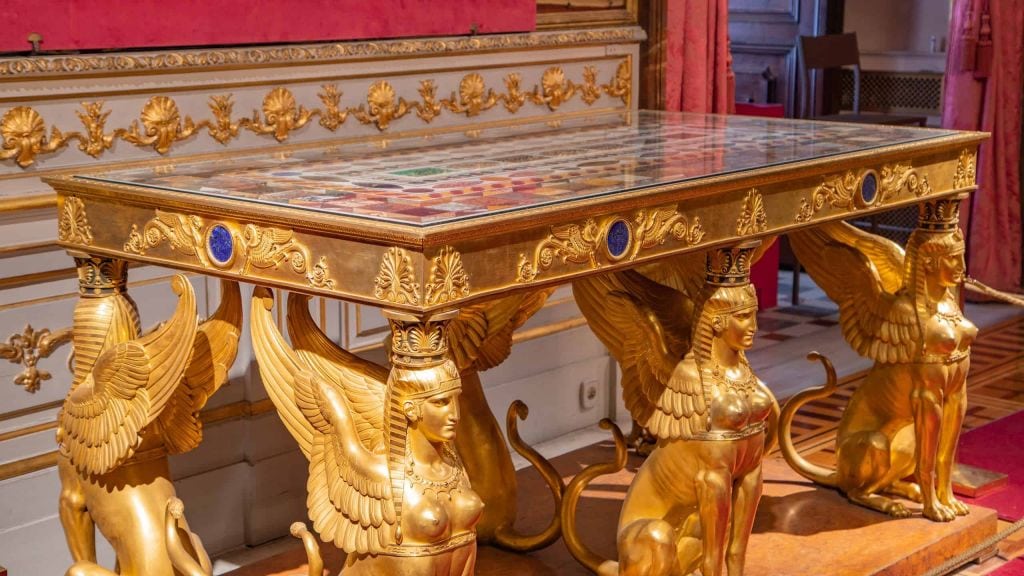


Spanning 135,000 square metres with over 3,000 rooms, the Royal Palace of Madrid is the largest in Western Europe and twice the size of Buckingham Palace or the Palace of Versailles. The palace underwent several renovations after a fire destroyed parts of it in 1734, and the construction of a modern palace took place during the Bourbon dynasty. Among the highlights of this magnificent royal residence are:
- The Crown Room – The symbols of the Spanish monarchy, the Crown and the Royal Sceptre, are located in this chamber adorned with depictions representing the four seasons and remodelled for the proclamation of King Felipe VI in 2014.
- The Stradivarius Royal Quartet – The collection comprising two violins, a cello, and a viola, all inlaid with ivory, is the world’s most precious collection of musical instruments crafted by legendary Italian artisan Antonio Stradivari. They are played by a quartet-in-residence at six concerts annually.
- The Royal Tapestries – The Palace houses the world’s second-largest collection of tapestries, including pieces from 16th-century Brussels and 18th-century creations from the Royal Tapestry Factory of Madrid featuring designs by Francisco de Goya.
So there you have it—the royal residences of the UK, France, China, Russia, and Spain. Now you’re set to immerse yourself in their art and culture and indulge in your dreams of experiencing some old-world extravagance.
See The World’s Royal Palaces
REACH OUT TO US AT +603 2303 9100 OR
[email protected]
You may also be interested in:
